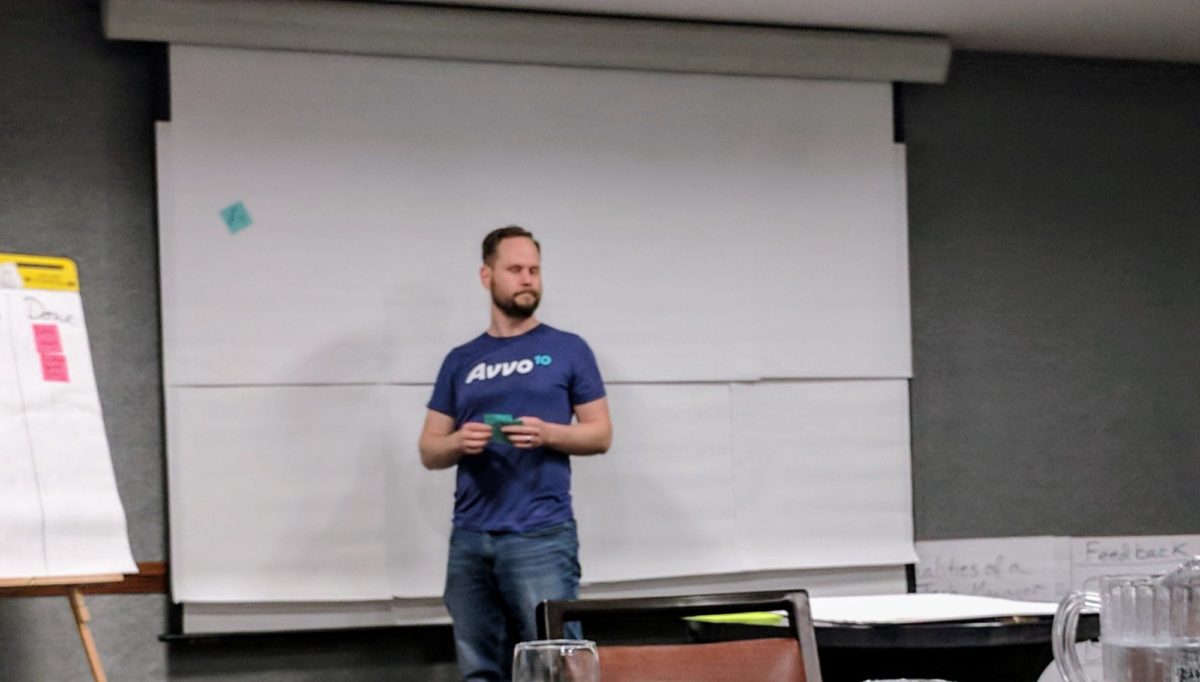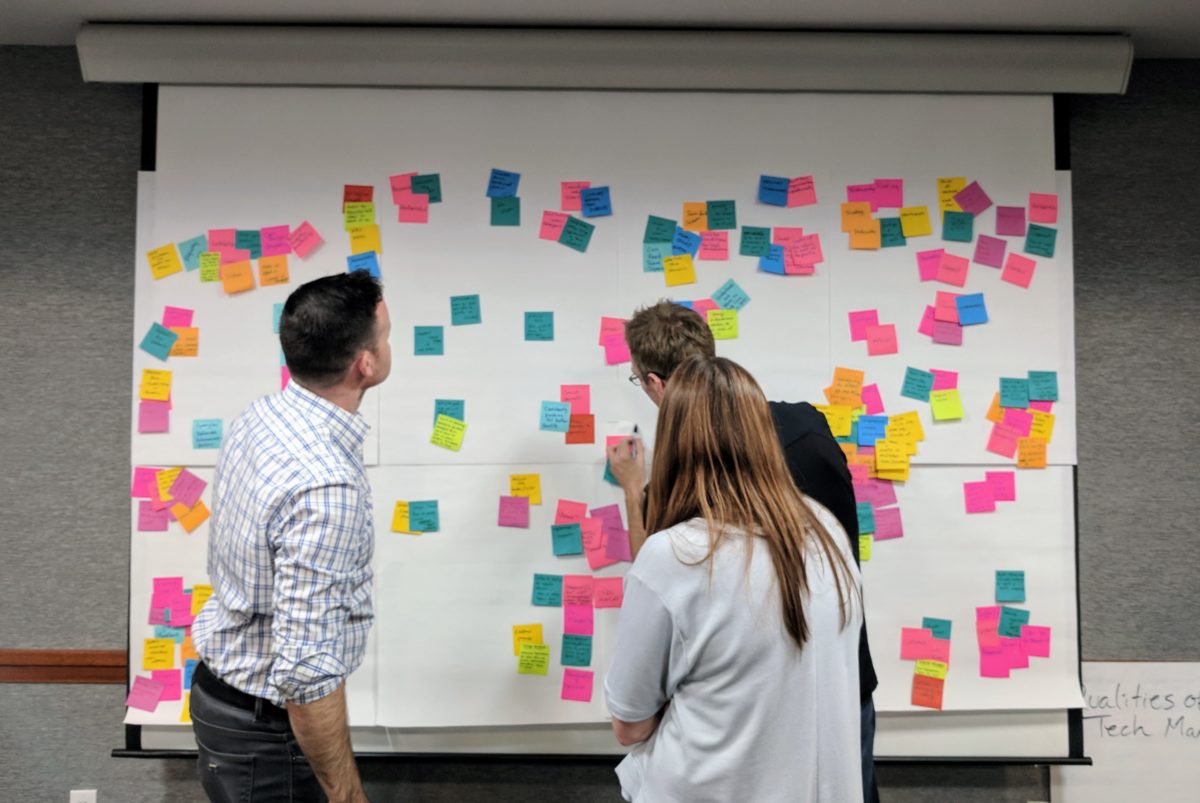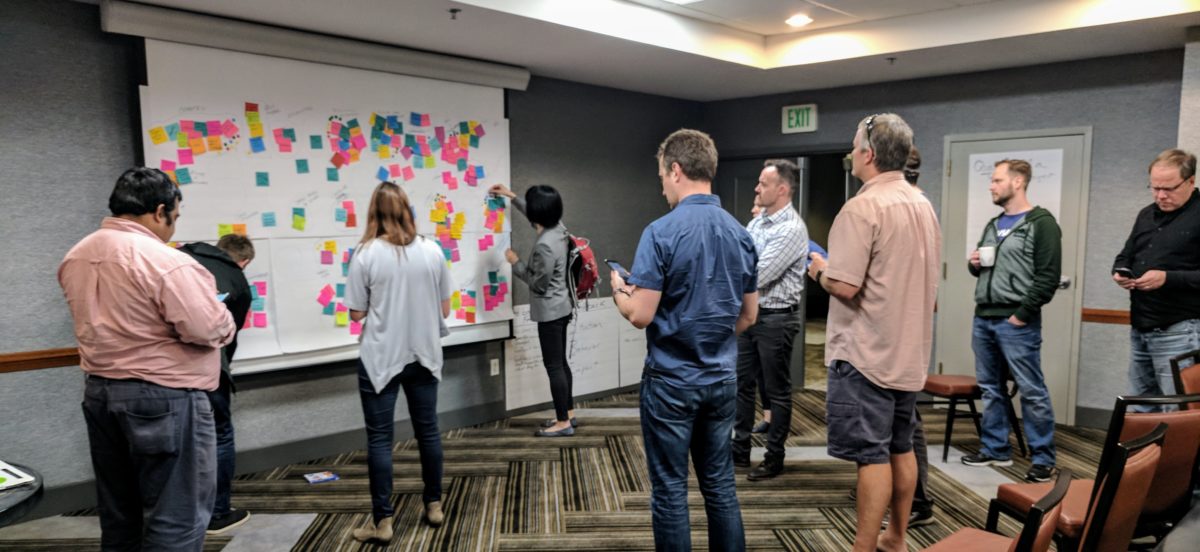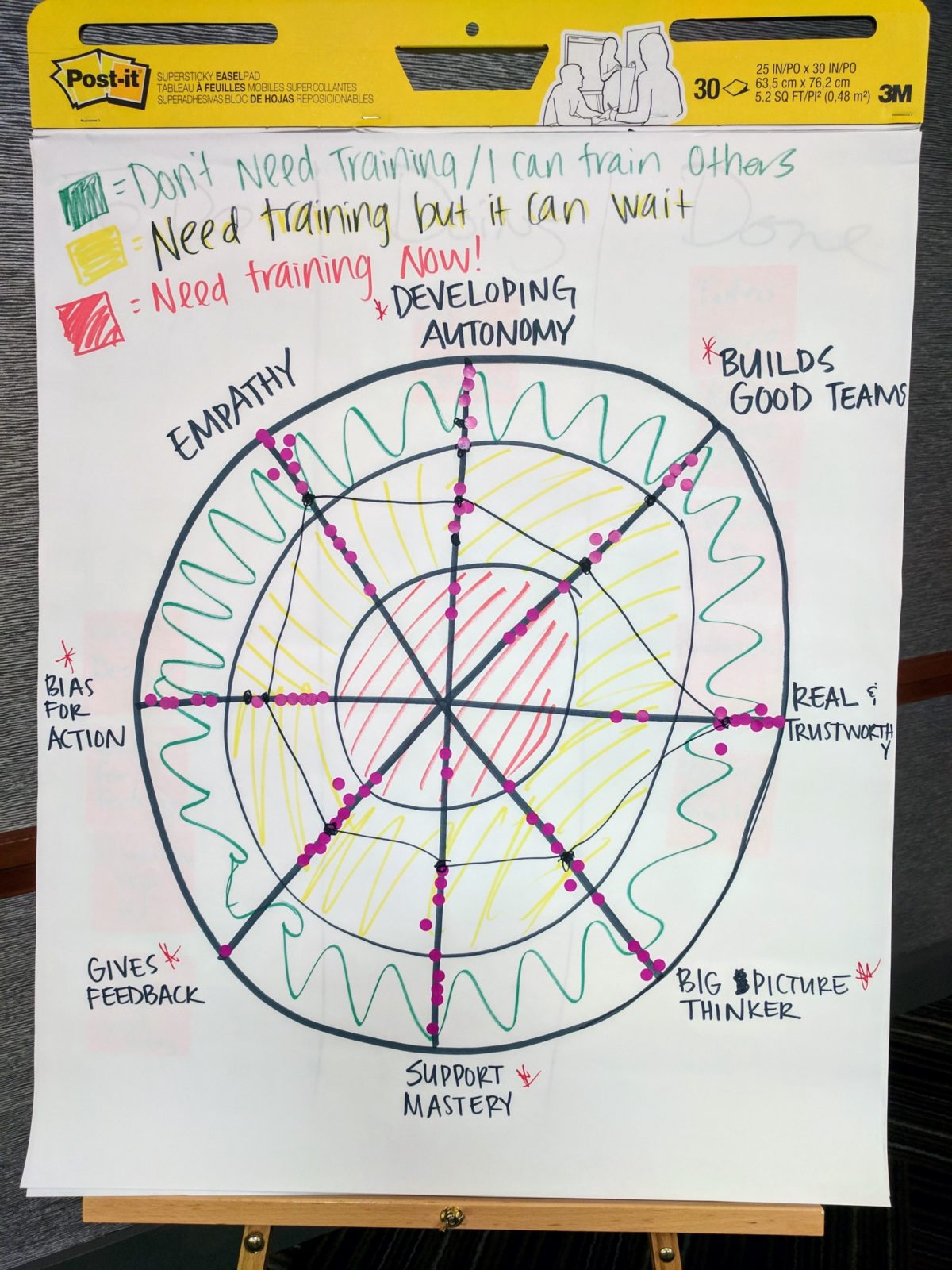I was given a set of questions from a consultant working with a company about to begin a transformation to Agile. They asked if I record my answers for their kick-off meeting. That video is above, but I had written my thoughts down as well for clarity, so I am including that text as well.
How hard it can be to implement an agile model in a company where the old model was more hierarchical and conservative?
It can be extremely challenging if only part of the organization is interested in making the change. If the rest of the company are expecting detailed plans and delivery date commitments and the product development team is working with a more iterative approach, that will create a lot of organizational friction. For any agile transformation to be successful, the whole company has to be supportive and committed.
I don’t think that company hierarchy is necessarily an impediment to a successful agile transformation. As long as the responsibilities and expectations of leadership adapt to the new way of working and that leadership is also committed to the agile transformation. Many organizations with more traditional hierarchies build their products successfully with agile methodologies.
What would be your advice for this team to successfully implement the model? What should they be aware of? Basically, the DOs and DONTs.
Do commit to making the transformation, and understand that it won’t be easy. This will be a culture change for your company. Any culture change follows a path where the excitement of making the change is followed by a period where the individuals and teams struggle to understand how to be productive in the new model. During this time (sometimes called the valley of despair), it seems like the best idea would be to go back to the way things used to be. Push through this time and don’t give up. Bit by bit, things will improve, people will figure out how to operate in the new world and you will end up in a much better place.
One of the ways that teams make the transition to agile is to use a known structured methodology like Scrum. At first, the processes and ceremonies will feel strange and not what you understood agile was supposed to be like. Stick with it. As your teams get better at agile thinking, you can start to decide which elements make sense for you and which you may want to change or drop altogether. Each of these things has a purpose, and understanding the purpose and the value when it works well is important before you decide not to do it. Teams that abandon the parts of the process that they don’t like early on often end up with a very poor understanding of agile. They gain very few of the benefits and may be a lot less efficient.
What are the foundational measures they should follow in your opinion?
Like any organizational culture transformation, there should be some time spent by the whole organization understanding why there is a need to make the change, what the expected outcome from the change is and what the plan is. Time should be spent to make sure that all parts of the organization (especially the teams dependent on the team making the change) are committed.
If there is a smaller team that is mostly independent, that team might try to pilot the switch to agile first, to develop some expertise ahead of the rest of the organization and learn from their experience.
What should they anticipate to succeed?
Anticipate that this may be a longer process than they expected, but the effort is worth it! Anticipate that the change may too big for some people to make, and they may choose to leave or try to prevent the change from happening. Anticipate that it will get progressively easier over time.
Other relevant points you might find useful.
I have been working Agile exclusively for almost 20 years after having spent the first 8 years working in a more traditional way. The reason that I have continued to work agile is that I have seen no better way to deliver software efficiently. I am inherently pragmatic. If I saw a better way to work, I would switch immediately. I haven’t found any yet.
The hardest part of adopting agile is learning the agile mindset and understanding that it doesn’t mean abandoning quality, accountability, documentation, process, planning or tracking to deliverables. It is about finding the right amount of each of those things for the project and no more.
In the end adopting agile is adopting a culture of continuous improvement. A culture of always looking for better ways of doing what you are doing. The way we practice agile today is very different from the way that we did it five years ago. Its adaptability is part of its strengths. It’s fluidity also makes it very difficult to learn. It is absolutely worth the effort though.
I wish you the best of luck on your journey!




